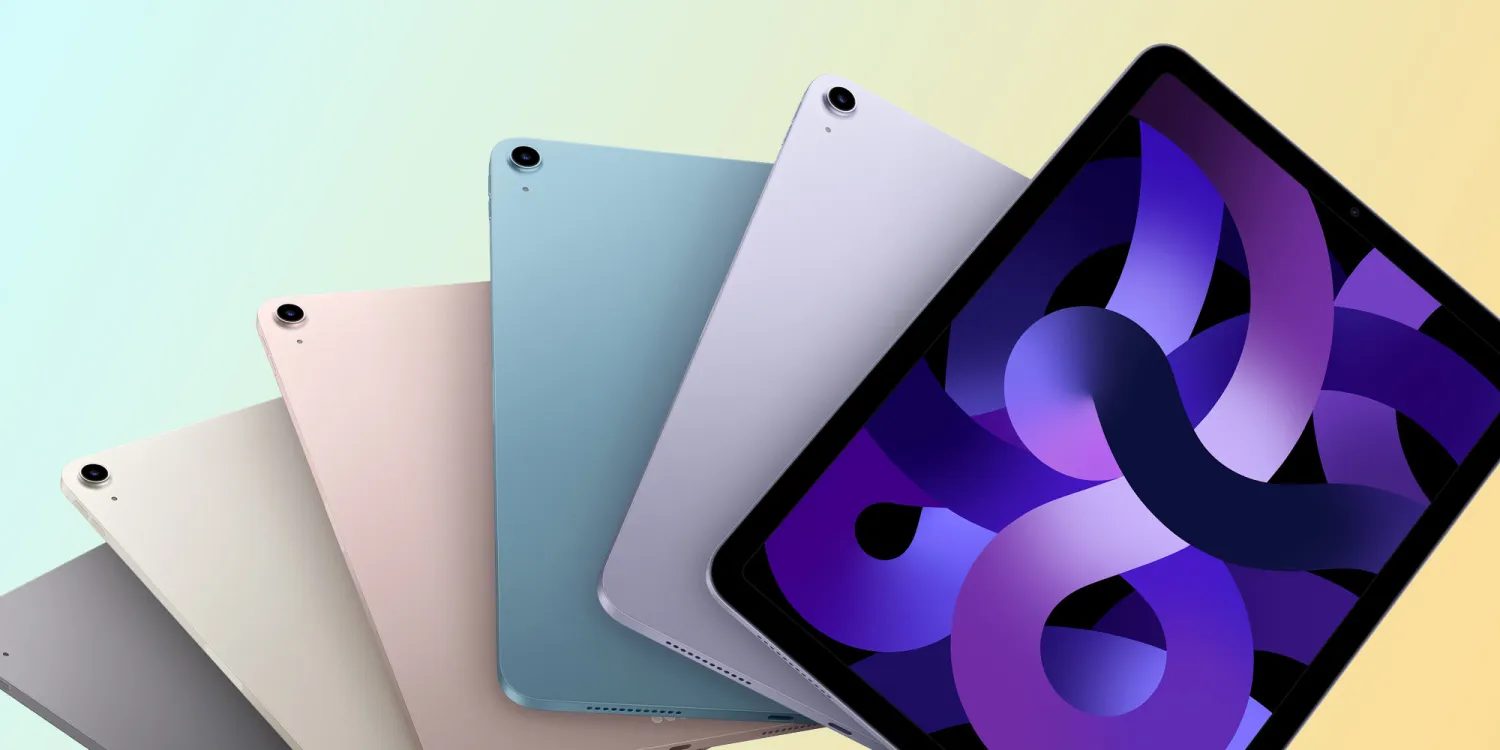
Apple Explains How iPhone 14 Cuts Screen Repair Costs by More Than Half

Image: iFixit
Richard Dinh, Apple’s senior director of iPhone design, said during a recent interview with the Sydney Morning Herald that screen repair estimates for the base iPhone 14 have gone down to $275 from $579 for an iPhone 13.
This was made possible by the company adopting a new, more repair-friendly approach to the iPhone’s design with both the iPhone 14 and iPhone 14 Plus.
“Since iPhone 5, we’ve used a single enclosure design, what we call a bucket design, and then since iPhone 8 with the introduction of wireless charging, we added the back glass, which was permanently affixed to the aluminium housing,” Dinh told the Sydney Morning Herald.
“This meant that any repairs to these internal components needs to happen by removing the display first, and potentially any other pieces, to access the internals, especially the ones located towards the back glass.”
However, both non-Pro members of the lineup are built on a new blueprint with a central aluminum structure that acts as a backbone. The iPhone 14 and iPhone 14 Plus can be opened from both the front and the back, removing the display or the back glass depending on which internal components need to be accessed.
In their teardown of the entry-level iPhone 14, the experts at iFixit called the new design “the most substantial iPhone redesign since the X.” They also found the iPhone 14 Plus to be “more repairable” than the iPhone 14 Pro.
Since the display and internal components are now separate, repairs also carry less risk of accidental damage.
What’s more, Apple’s new approach to the iPhone’s design has afforded the iPhone 14 and 14 Plus more than just cheaper, easier repairs. It also allows for better heat dissipation, giving the components more thermal headroom to perform, along with a reduction in weight thanks to the elimination of a copper alloy cooling piece and some connecting components.
“This central structural plane helps to dissipate more heat across the entire surface more consistently,” Dinh added.
“This design also introduces our first four-sided stacked main logic board [which] really condenses all the iPhone 14 components in a smaller space and allows us to access the board from either side, for improved repairability.”
According to Apple, the two lowest-end iPhone 14 models are better at delivering sustained performance than the previous generation’s Pros, despite sharing the same chip. The iPhone 14 Plus, meanwhile, is almost 40 grams lighter than the 13 Pro Max while being the same physical size.
Apple’s internal shuffling also made room for some camera upgrades. “We were able to deliver a larger main camera than last year’s Pros, with a bigger sensor, better low-light performance, and there’s a brand new ambient light sensor in the back,” Dinh said.
“And then on top of that, there’s our new autofocus front camera with its larger aperture.”

